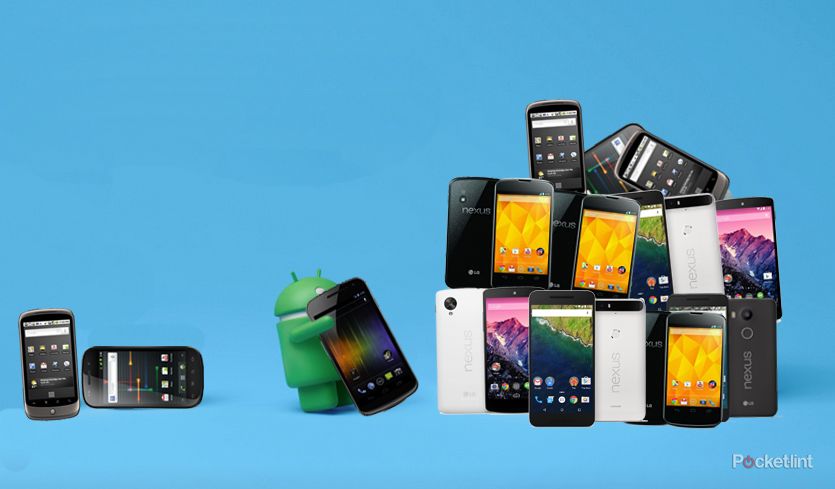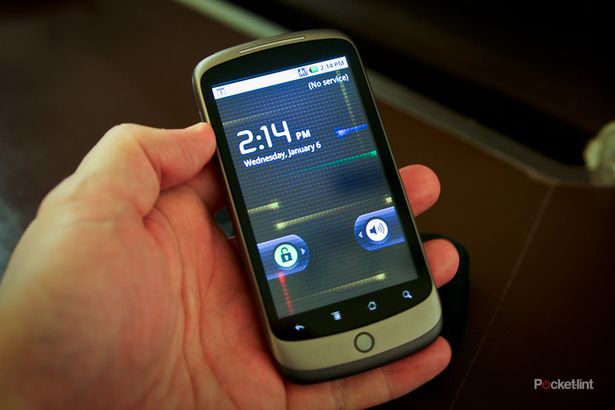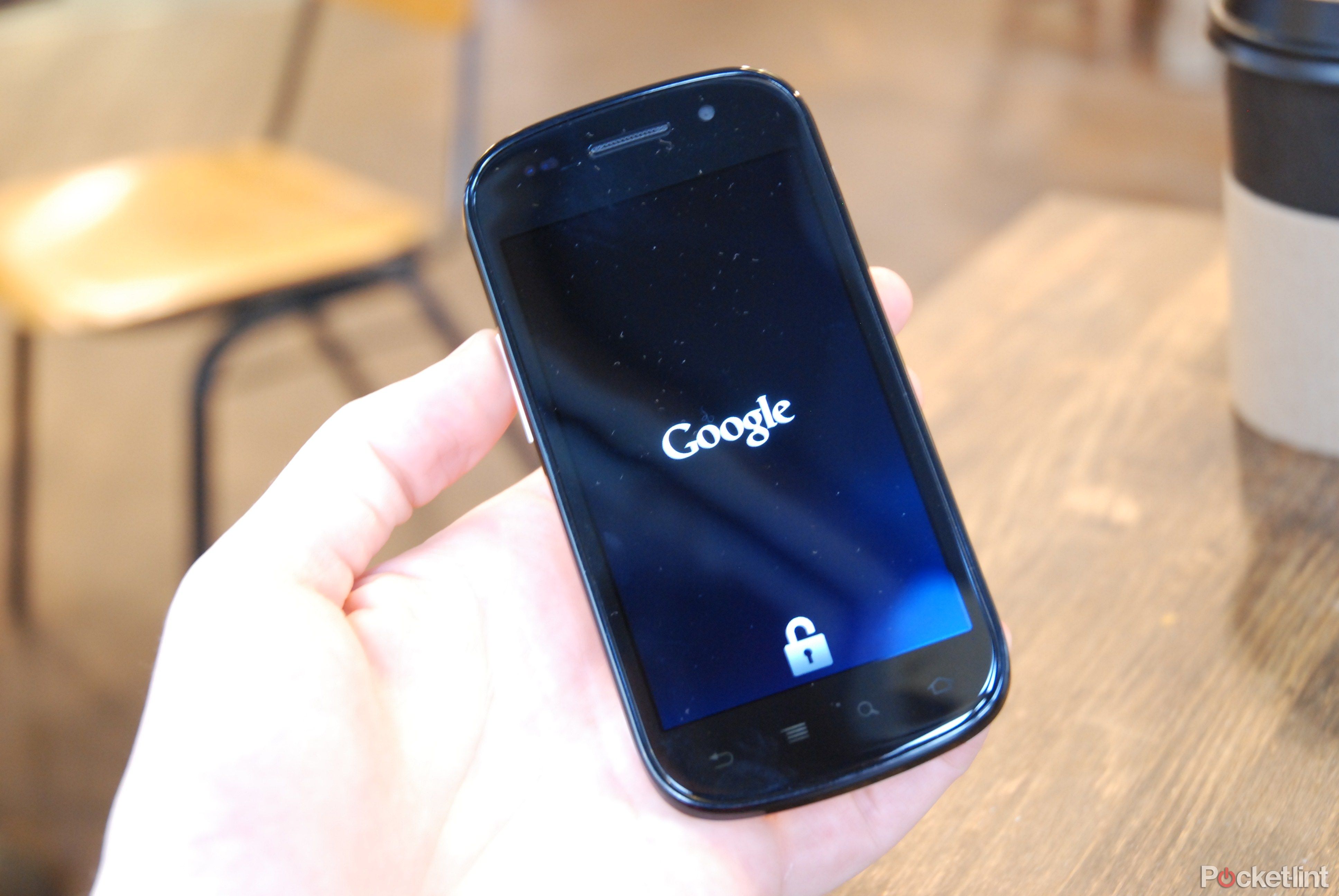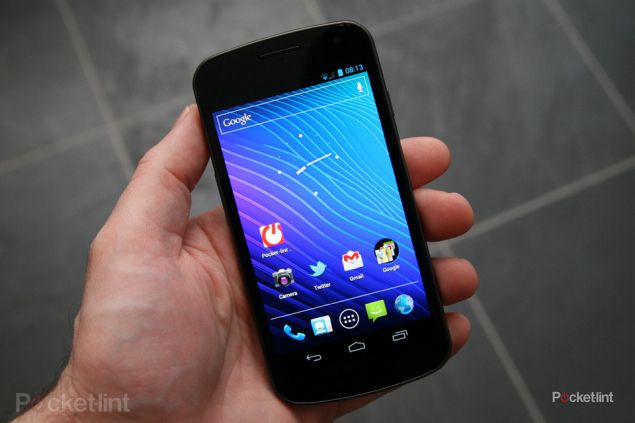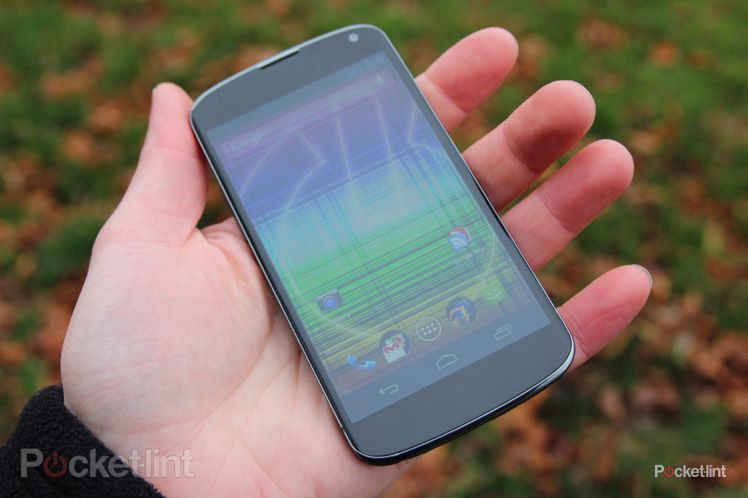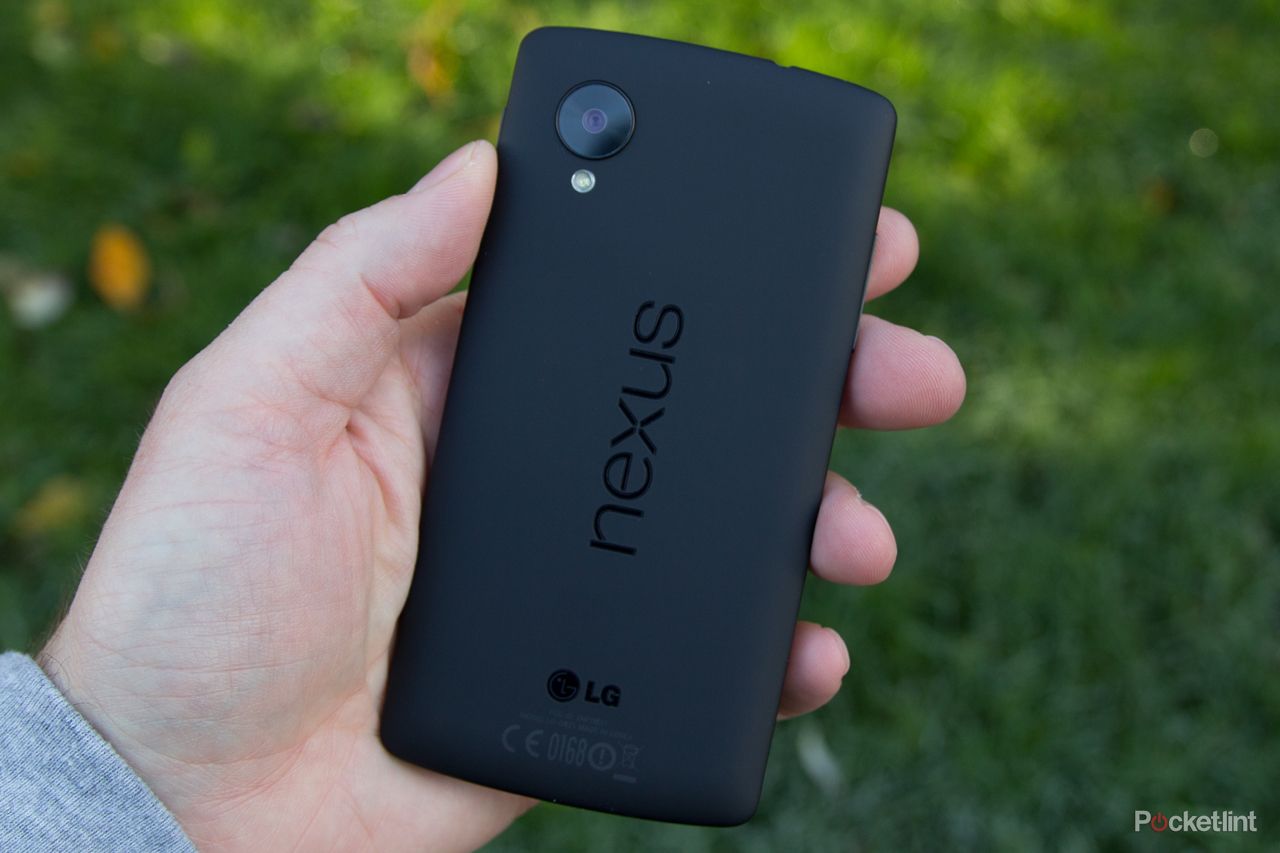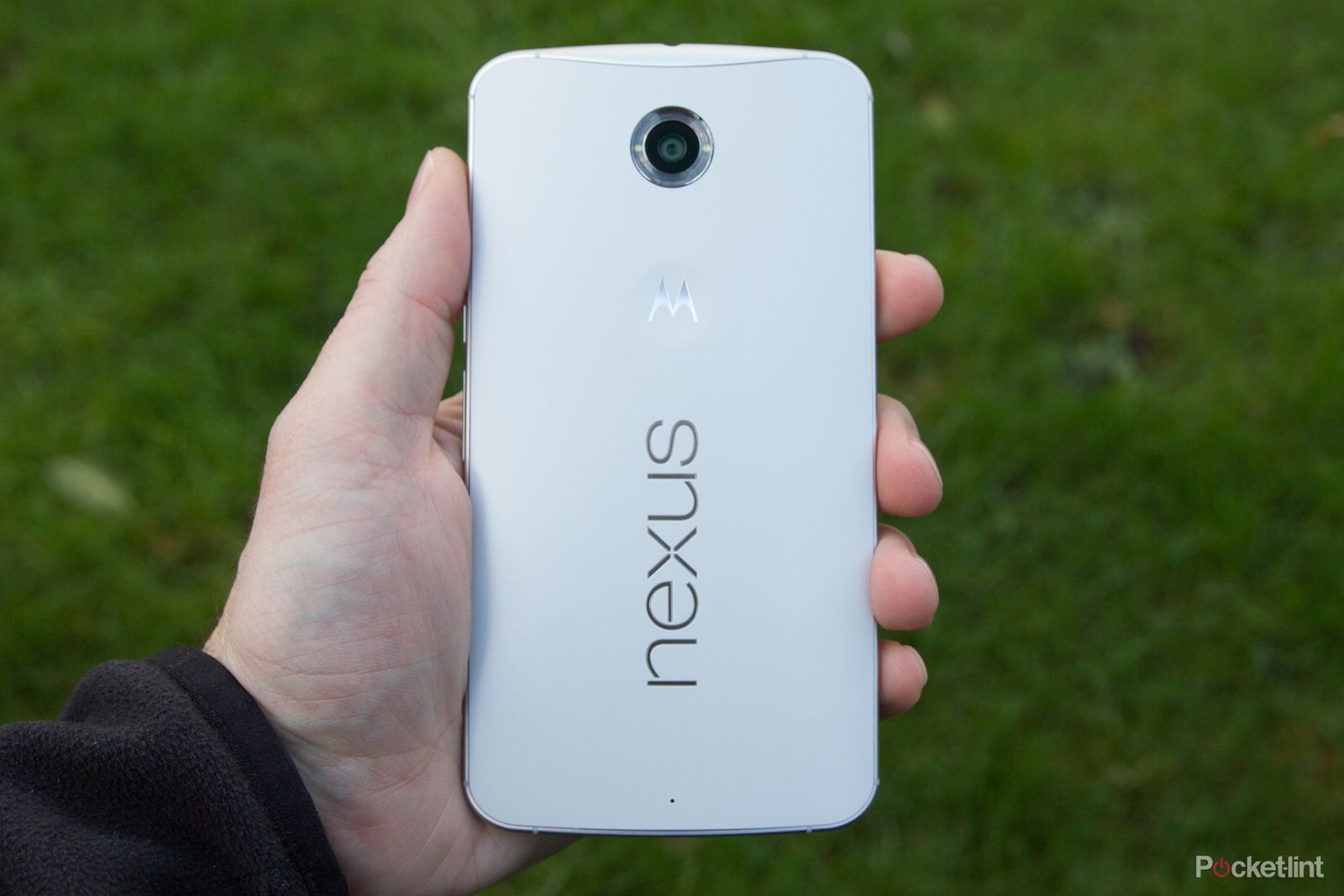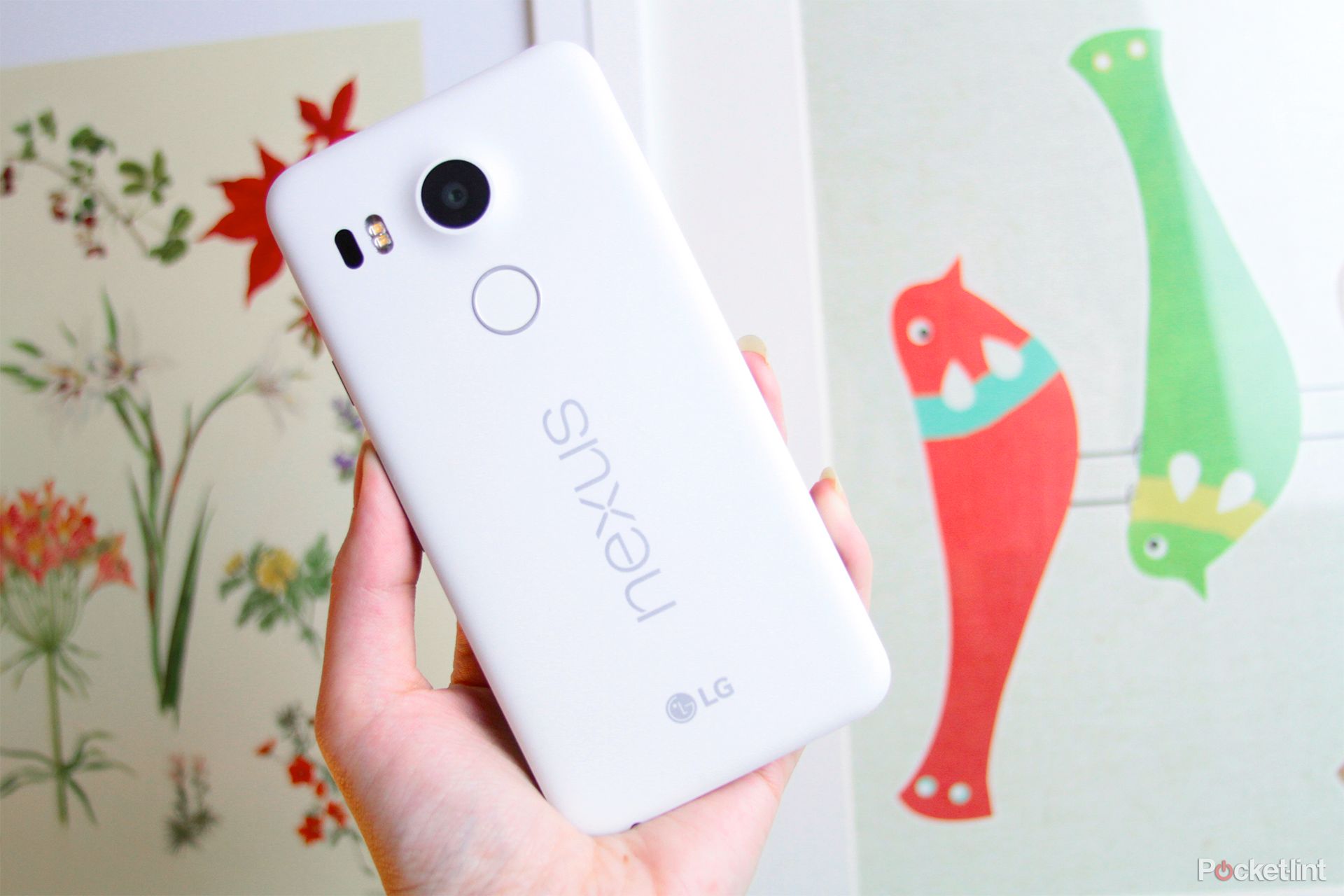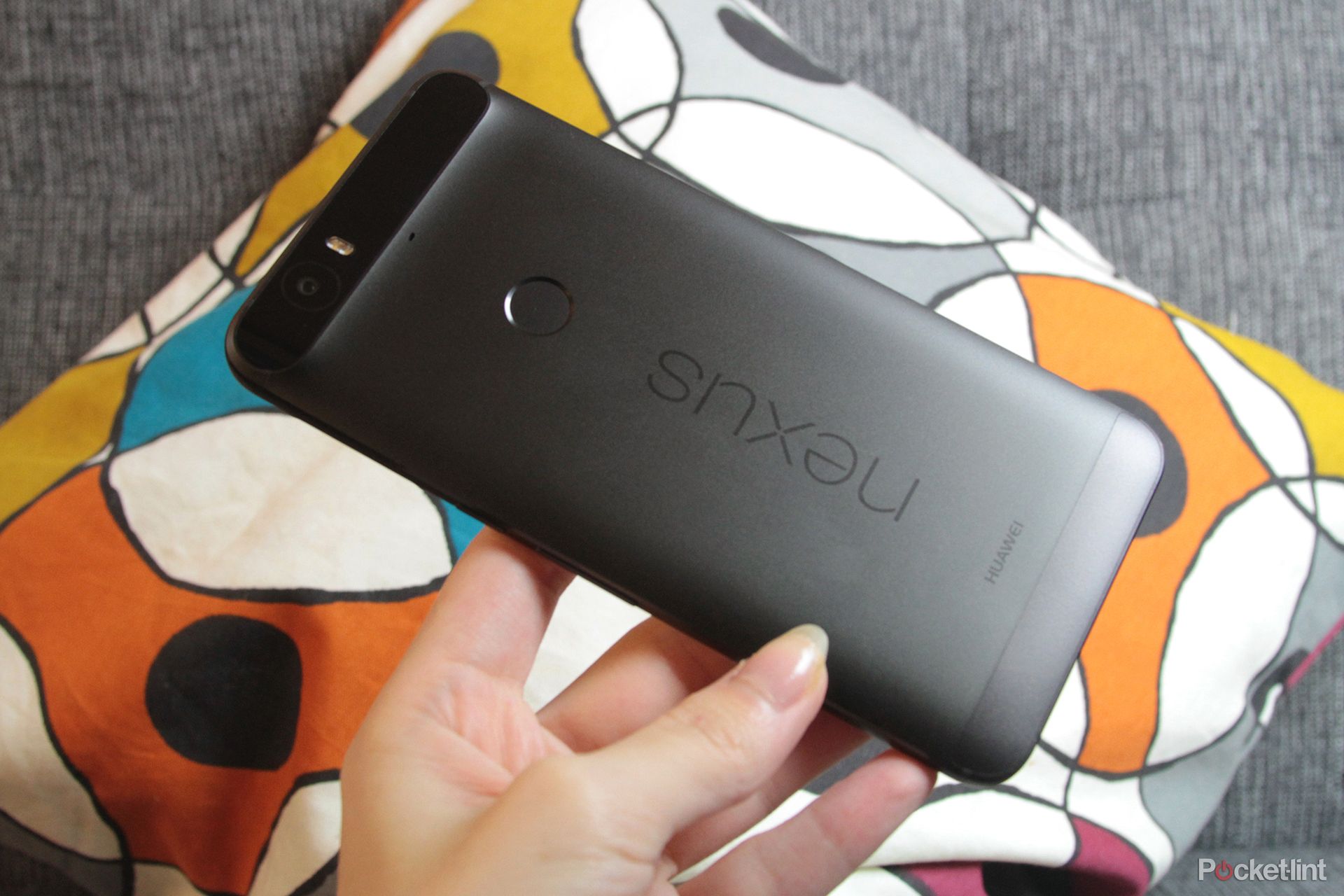With Google set to release its first Pixel-branded phones, the Nexus smartphone range is expected to be resigned to history. With that move comes the end to one of the handset series' most loved by Android purists, and the end of manufacturers having any branding or headlining of any kind.
The new phones will be "Made by Google", in marketing at least. In reality, Google has contracted HTC to build its phones. But it seems as though they'll launch with just a simple "G" logo on the back. No manufacturing brand, and no Nexus stamp.
With its Nexus range, Google aimed to build phones that showed off all the best and latest features of its Android operating system. And while its experience was pure and unmatched, the Nexus phones have never been a runaway market success. Without the marketing budget and widespread availability of devices like the Samsung Galaxy range, it has never been a best seller.
Before the Nexus name disappears off the back of phones for good, take a walk through our gallery to remember all the Nexus phones released so far.
Nexus One
The original Nexus, simply called Nexus One, first launched in 2010 as the first "pure Google" phone and was built with HTC.
At the time, its specifications were market leading. At 3.7-inches and boasting a resolution of 480 x 800 pixels, its screen was bigger and sharper than the iPhone.
Other specs included the 5-megapixel camera on the back, a huge 512MB RAM inside paired with the Qualcomm Snapdragon S1 chip and a 1,400mAh battery.
But its best feature was undoubtedly the industrial design. The solid metal frame looked and felt fantastic, and - as well as having touch sensitive buttons below the display - it had a trackball for navigation. To date, it's still one of the best designed phones ever launched.
FULL REVIEW: Google Nexus One review
Nexus S
The Nexus S, built by Samsung, was a bit of a step-down from the Nexus One in terms of hardware design, but it had enough new features to at least justify its existence.
Samsung upped the screen size to 4-inches, but - a first for phones - the glass covering the phone was slightly curved. Dubbed the "contour display" it was designed to fit around the natural curvature of a user's face.
Another first was the introduction of NFC, a feature which - nearly 6 years later - is built in to almost every phone and used for mobile contactless payments.
It launched running Android version 2.3, Gingerbread right at the end of 2010, and came equipped with a Samsung Exynos "Hummingbird" processor and 512MB RAM, along with 16GB built-in storage which was sizeable at the time.
FULL REVIEW: Nexus S review
Galaxy Nexus
The Galaxy Nexus was launched just as the Galaxy S series of phones was beginning to pick up steam.
Released just under 12 months after the Nexus S, the third generation of Google's pure Android range had what seemed like a mammoth 4.65-inch display. It was packed with pixels too, with a resolution of 720 x 1280 (HD) and was among the sharpest screens on the market.
Up until its launch it was referred to as the Nexus Prime, and was capable of shooting 1080p video with its 5-megapixel rear camera. Its Micro-USB 2.0 port was capable of outputting 1080p content to a big screen via HDMI, and didn't feature any capacitive or physical buttons on the front. Instead, Google went with an all-virtual set up which has be standard for Nexus phones since then.
Other specs included a 1,750mAh battery and 1GB RAM along with the non-expandable 16GB built-in storage.
It was the first phone to run Android 4.0 Ice Cream Sandwich, and officially supported Google Wallet, the company's early attempt at bringing mobile payments to the market. Sadly, without support from many major banks, and a perceived lack of real security, it didn't last long.
To meet carriers and network demands, there were four variants of the Galaxy Nexus, each with different network band support.
FULL REVIEW: Galaxy Nexus review
Nexus 4
The Nexus 4 was the first of three to be built by LG, and the first to feature a glass back and front. It was easily recognisable thanks to the sparkly-patterned rear panel, and it was arguably one of the most-loved Nexus phones.
It launched in November 2012, and came with a 4.7-inch screen with a resolution of 768 x 1280. Unlike previous models, the display was built using LCD IPS technology rather than AMOLED.
Its 8-megapixel camera on the back with 1080p video was designed to take advantage of Google 360-degree Photo Sphere panorama feature, which has since become a major part of its Maps and Earth services.
It featured wireless charging, as well as a powerful quad-core Snapdragon processor and a generous 2GB RAM.
When it was made available to buy, it was the first to offer two different storage variants at 8GB and 16GB, but was also lauded for its affordability. At just $299 and $349 in the US, it was far cheaper than any other flagship phone.
FULL REVIEW: Nexus 4 review
Nexus 5
The second LG Nexus came out a year after the first, in November 2013 and was again praised for its value for money. It was $200 cheaper than most other flagship phones at the time, and offered similar performance thanks to the clean version of Android 4.4 KitKat installed.
Its 4.95-inch display was the first full HD panel on a Nexus and the Snapdragon 800 processor inside was easily among the most powerful available at the time. Likewise, its 2GB RAM and 2,300mAh battery ensure it lasted all day and wasn't prone to slowing down.
Its 8-megapixel camera boasted optical image stabilisation and full HD recording, while its Wi-Fi 802.11ac compatibility meant it would connect to the fastest, most modern networks around.
One change that affected the entire Android smartphone world was the inclusion of the Google Now Launcher. This was the first home screen launcher made available by Google to download from the Play Store, and featured instant access to the company's then-new Now services.
FULL REVIEW: Nexus 5 review
Nexus 6
In 2014, Google partnered with Motorola - a company which it then owned - for the Nexus 6. It was the biggest Nexus ever launched, and will likely remain the biggest that will ever be launched, with its mammoth 6-inch Quad HD resolution screen.
Its design was very similar to that of the Moto X range available at the time, with its solid sturdy metal frame and curved plastic back. It pushed the boundaries of specs, and did so - again - at a fraction of the cost of some of the other Android phones around.
The Snapdragon 805 chip was best in class, and the 3GB RAM was enough to keep things running smoothly. Even now, running Android Nougat two years later, it still remains smooth and fluid.
Its 13-megapixel camera was criticised, as was the 3,220mAh battery's inability to make it through to a second day. Still, it's one of our favourite Nexus devices so far, even if it was gigantic.
As a bonus, the front was equipped with two powerful front-firing speakers and the phone itself was water resistant. It also happened to support the Qualcomm Quick Charge fast charging technology, so the huge battery could be topped up in no time.
FULL REVIEW: Nexus 6 review
Nexus 5X
The last of the LG-made Nexus phones, and possibly one of the last Nexus phones to see the light of day. The Nexus 5X was seen as an evolution of the Nexus 5 launched two years earlier, and featured a similar plastic back.
This was one of the first Nexus phones to launch with a built-in fingerprint scanner, to support Google's Nexus Imprint technology, and the first to have a dual-tone LED flash and laser guided autofocus.
It was launched, clearly, to be the sidekick to the larger Huawei Nexus 6P and, because of that, featured specifications that weren't quite as impressive.
On the front was a 5.2-inch full HD screen, inside, a Snapdragon 808 hexa-core processor paired with 2GB RAM, and a 2,700mAh battery. The 12.3-megapixel camera on the back was pretty decent, and was able to record 4K video.
Notably, the Nexus range from 2015 was the first to support true USB Type-C.
It launched in black, white and mint green with 16GB or 32GB options in October 2015 and was loaded with Android 6.0 Marshmallow.
FULL REVIEW: Nexus 5X
Nexus 6P
Lastly, the first time Google partnered with a Chinese manufacturer to build a Nexus phone, and possibly the last too.
The Nexus 6P sought to add a more premium feel to the larger form factor by being built almost entirely from metal. Apart from the trademark glass panel hosting the camera, the back was entirely a bead-blasted aluminium surface which looked very high-end.
Its 5.7-inch screen took almost 0.3-inches off the size of its predecessor, but still packed in the same Quad HD resolution, making it slightly sharper.
The 12-megapixel camera on the back was received well, and was among the best of those launched in 2015, especially in low light. Like the Nexus 5X, it was paired with the laser autofocus system and dual-tone LED, so that both devices offered a similar experience.
Rounding off the specs was the Snapdragon 810 processor, 3GB RAM and a large 3,450mAh battery which easily managed to get through a full day's use.
It launched with Android Marshmallow onboard, and came in a selection of metallic colours in three storage variants: 32GB, 64GB and 128GB.
FULL REVIEW: Nexus 6P review

